
Current narratives on climate crisis in art are anti-technology and anti-human. This is a colonial mindset explains Shayna Robinson.
Continue reading “The Trouble with Imagination”A Sustainable Internet for All

Current narratives on climate crisis in art are anti-technology and anti-human. This is a colonial mindset explains Shayna Robinson.
Continue reading “The Trouble with Imagination”
Newsfeeds are changing the way we receive disinformation and our ability to find the truth, especially when it comes to climate change. So how can we protect ourselves from disinformation?
Continue reading “Climate Disinformation: A Beginner’s Guide”
The recent launch of the online magazine “Branch” has opened up the topic of sustainable digital technology to a wider audience. This first issue also provides a better understanding of the position of specific tech actors regarding digital sustainability. However, what about other perspectives? Sustainable digital technology is a complex subject that will require international cooperation, but the French community publish in French and rarely translate its reports and papers, as do Germans. This article tries to provide an understanding of the French perspective on digital sustainability and its recent progress.
Disclaimer: I do not represent the French sustainable digital community, I am just trying to synthesize the action of many individuals and collectives in French.This contribution is a rework and an updated version of an article published in November 2020 on my personal website.
Continue reading “Digital Sustainability: A French Update”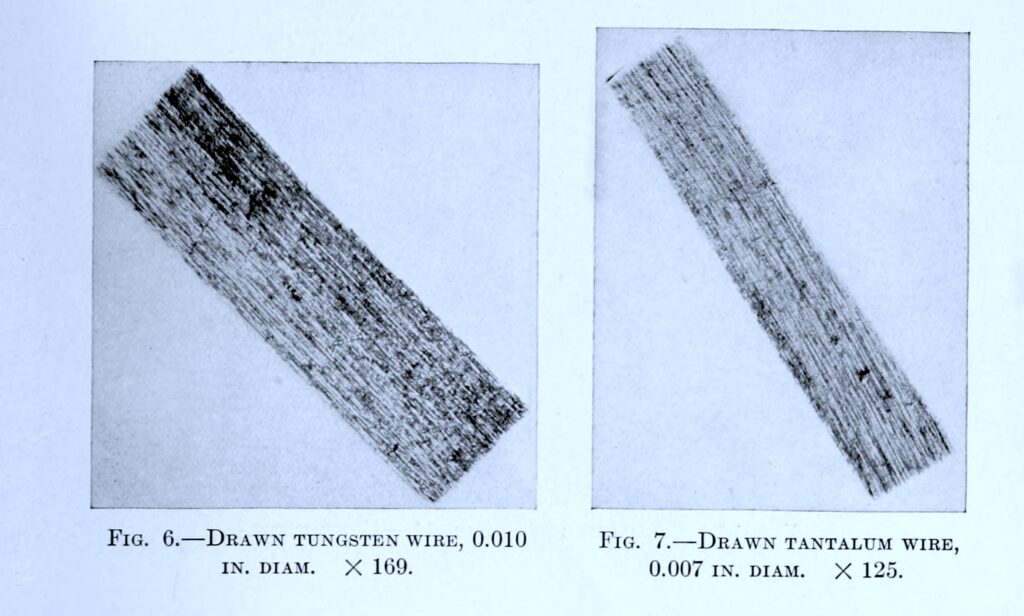
This article discusses the greenwashing of technology from a feminist perspective. It was initially published in Global Information Society Watch 2020: Technology, the environment and a sustainable world: Responses from the global South and edited for this magazine.
Posters, videos, speeches.
The word “forest” was displayed everywhere, together with sanitised stands and uniformly pruned plants, geometrically positioned while slowly wilting under an office light. These were attempts to represent “nature” at the 25th United Nations Climate Change Conference (COP25) at IFEMA – Feria de Madrid – which happened in December 2019 in a huge shed that looked like a technology fair. And tech was definitely there too, in different layers.
Among the so-called innovations to “combat climate change” there were hyperbolic ideas such as giant mirrors to reflect solar rays or some kind of vacuum cleaner to be positioned in space to aspirate carbon dioxide out of the atmosphere – all under the buzzword “geoengineering”.
Continue reading “Big Tech Goes Green(washing): Feminist Lenses to Unveil New Tools in the Master’s Houses”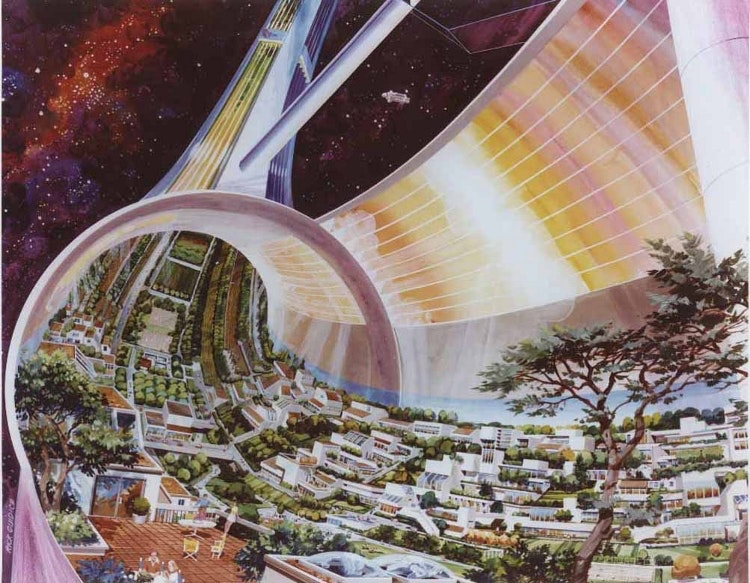
The advancement in technology’s power is seen as a revolution. However, it is just as easy to argue that it seems like a new evolution of the same: capitalism has found a new life with digital technologies. This article was initially published in Global Information Society Watch 2020: Technology, the environment and a sustainable world: Responses from the global South and edited for this magazine.
Continue reading “Bigger, More, Better, Faster: The Ecological Paradox of Digital Economies”
Data Garden is a carbon negative data infrastructure that promotes unification between people, living systems and technology.
Continue reading “Data Garden”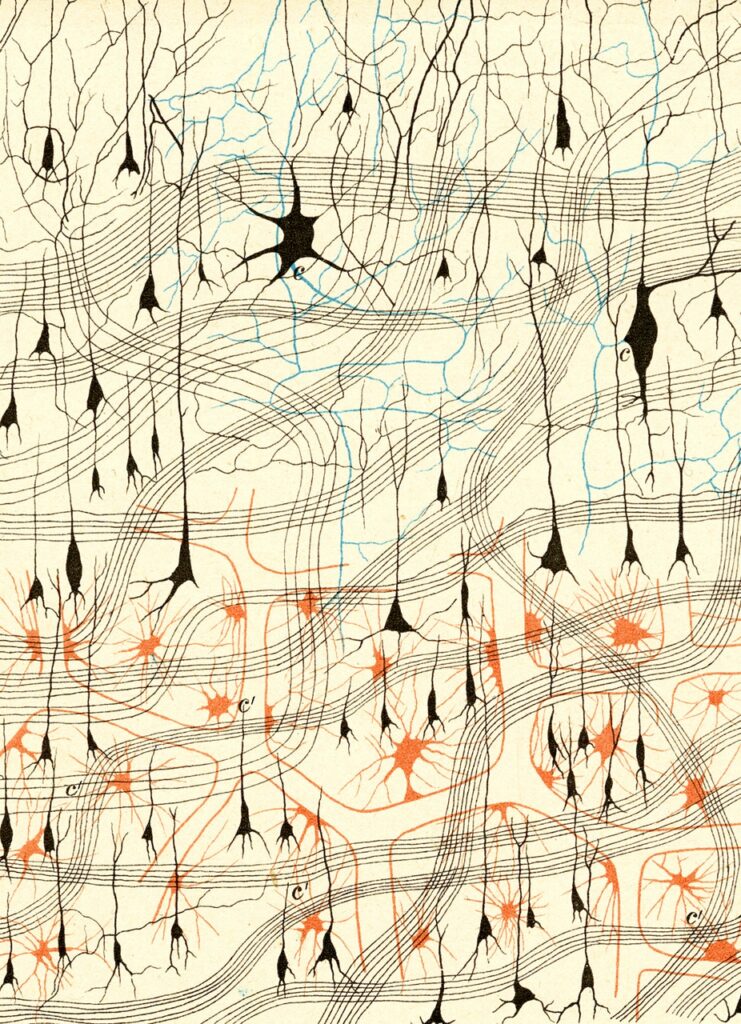
This article discusses the possible impact of AI on the environment, economy and society and reviews efforts to govern related developments. It was initially published in Special Issue Vol. 36/O1 of the journal OekologischesWirtschaften (Ecological Economy) and edited for this magazine.
Continue reading “Artificial Intelligence and Sustainability: Emerging Challenges and Policy Implications”
Digitalisation’s material and immaterial costs should be better accounted for. Modular product design, repairability, transparent supply chains and the use of public and free-source code play a decisive role in making hardware and software sustainable. This article outlines the basic approaches for the design of sustainable hardware and software and illustrates the political options. The article was initially published in Special Issue Vol. 36/O1 of the journal OekologischesWirtschaften (Ecological Economy) and edited slightly for this magazine.
Continue reading “Design Options for Sustainable Hardware and Software”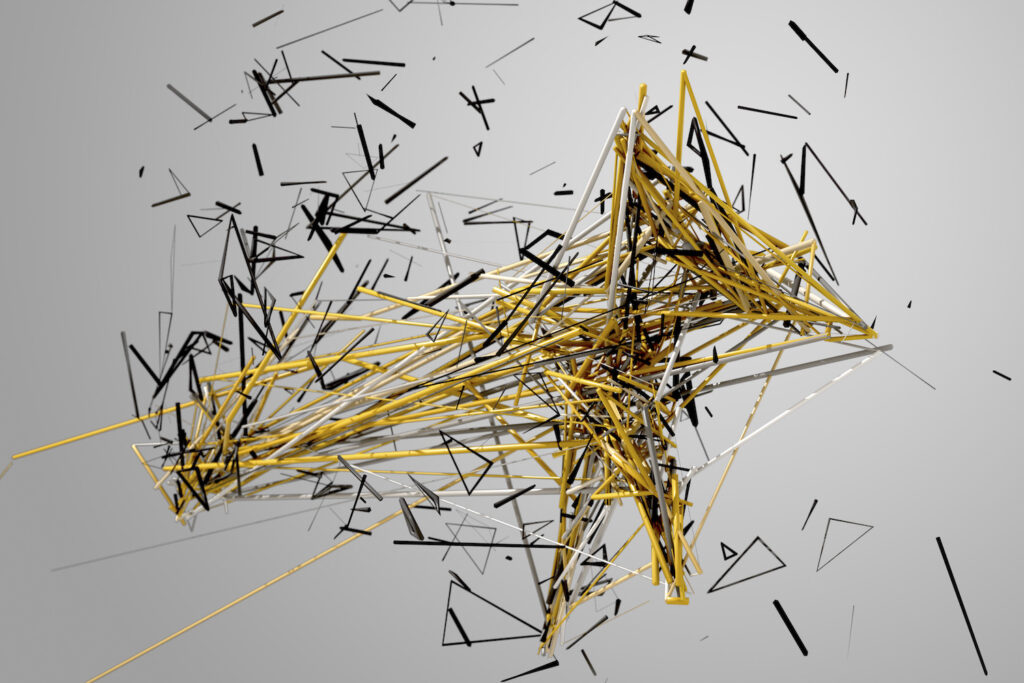
This article is for the adventurous artist who wants to create and sell CryptoArtworks (or NFTs) on the blockchain using sustainable platforms. It is not a comprehensive guide, and the information is likely to go out of date very quickly, since the field is moving so rapidly.
For more up-to-date information, please see the Clean-NFTs discord, the Clean-NFTs Developer Community spreadsheet, and cleannfts.org.
The CryptoArt NFT Market (i.e. selling digital art on the blockchain) is worth at least $600M—and this excludes some of the largest marketplaces like opensea.io. This figure is also quite heavily skewed of course, with the top artists earning the most.
Selling work on a blockchain can be a technically challenging task. For this reason, many platforms and websites have emerged aiming to make this process as seamless and easy as possible for artists. Unfortunately, many of these websites are based on the Ethereum (ETH) blockchain, which is very inefficient and ecologically costly by design. For example, selling just a single-edition artwork on Ethereum has a carbon footprint starting at around 100 KgCO2—equivalent to a 1 hour flight—and depending on the platform, the emissions can reach those of a long-haul flight. Selling an edition of 100 works has a carbon footprint of over 10 tonnes CO2, which is more than the per capita annual footprint of someone in the EU—including all emissions from industry and trade.
Selling an edition of 100 works has a carbon footprint of over 10 tonnes CO2, which is more than the per capita annual footprint of someone in the EU—including all emissions from industry and trade.
But there are more sustainable routes emerging. As the CryptoArt NFT market is exploding in a gold-rush style free-for-all, there is a lack of clear information on the ecological impact of different approaches to NFTs. The purpose of this guide is to help CryptoArtists who are interested in exploring more sustainable alternatives. Currently, the more sustainable platforms do not have the volume of their unsustainable counterparts, the Ethereum-based platforms. For this reason, collectors and sales are likely to be significantly lower on the more sustainable alternatives. However, hopefully as more artists navigate this topic, this can encourage platforms, developers, investors and collectors to develop more ecologically friendly and transparent platforms.
We are also hoping the platforms themselves will be more transparent on the matter.
We are also hoping the platforms themselves will be more transparent on the matter and that we can eventually retire this document. However, at the time of writing, not a single platform has publicly acknowledged the issue on their website. When they do, the relevant links will be included below.
To better understand the issues, we would like to introduce these concepts in an incredibly brief manner.
The following would be great to see from CryptoArt and NFT platforms regarding sustainability:
If still using Ethereum, here are some of the ways to improve the carbon footprint of NFTs:
Instead of Ethereum, one can also use other blockchains. This can be up to hundreds of times better for the environment in terms of carbon footprint. Some of these chains include Algorand, Tezos, Polkadot, Hedera Hashgraph, and other proof-of-stake networks.
These are the websites that you would use to upload, ‘mint’ and sell your works. For sake of simplicity, we can say that from an ecological perspective, Ethereum which uses proof of work, is the worst (unless sidechains or L2 scaling is implemented).
Platforms using different blockchains (e.g. using PoS, PoA etc) will generally be hundreds times more efficient. For those wishing to not incur the immense footprints of Ethereum, look for—and support—alternatives. Sales may be lower for now (see the Risks section at the end). This document doesn’t aim to give advice, instead it is a first step in collecting this information in one place.
Hopefully if there is enough demand for sustainable and transparent platforms, this can encourage developers, investors and collectors to invest in and develop these more ecologically friendly alternatives and grow the market. And hopefully the community can provide more feedback in the issues.
Cryptocurrencies are notoriously volatile, and their values can dramatically fall or rise. For example, if you sell a NFT for 1 ETH, which is currently worth ~$1600, the value of ETH could later drop to a few hundred dollars in a few months or even in a few weeks (alternatively, it could rise to two or three thousand $$ too).
This becomes potentially even more risky (or potentially more rewarding) with cryptocurrencies that have a much smaller market cap (e.g. NEAR, XTZ, AVAX etc), which could die and drop to zero (or go to the moon) in a few weeks.
Please act responsibly. Seek financial advice if need be, preferably not from YouTube, TikTok, Elon Musk or Chamath Palihapitiya.
The smaller blockchains are likely to have fewer collectors. So expect smaller sales on these platforms; although, as more people start to use these blockchains for NFTs the prices will likely rise with demand.
This article is an excerpt from the Github repo, A Guide to Ecofriendly CryptoArt (NFTs). It is a collective effort from many people including: Memo Akten, Primavera De Filippi, Joanie Lemercier, Addie Wagenknecht, Mat Dryhurst, Sutu_eats_flies, everybody in the Clean-NFTs discord and many more. The authors keep the information up to date via pull-requests and issues.
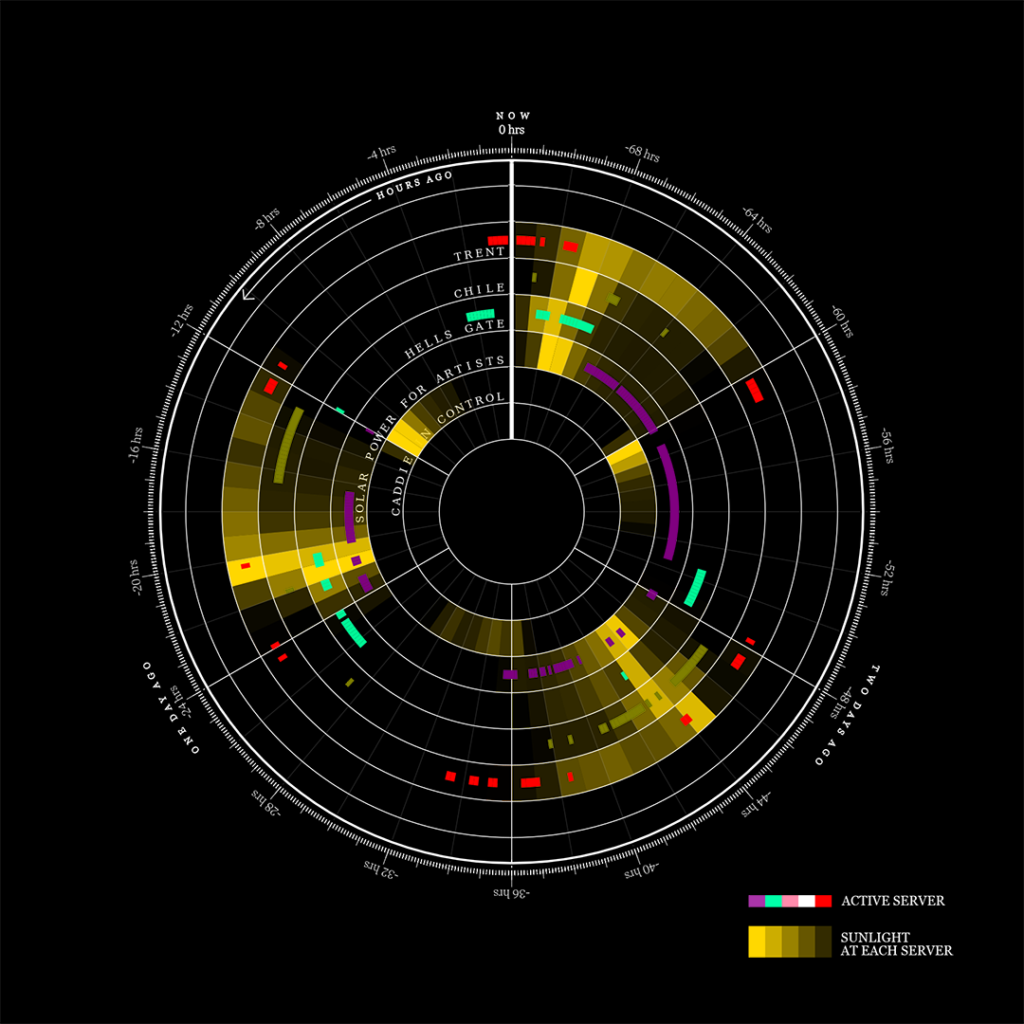
Solar Protocol is a network of solar-powered servers that collectively host a web platform. The platform is then served from wherever there is the most sunshine in the network. Volunteer stewards host and care for the solar servers from different locations around the world, and the project’s energy responsive website makes visible which server is currently active, what its local weather is like, its energy status, and who maintains it. This project is by Tega Brain, Alex Nathanson and Benedetta Piantella, and below is an excerpt from their website.
Solar Protocol is a web platform hosted across a network of solar-powered servers set up in different locations around the world. A solar-powered server is a computer that is powered by a solar panel and a small battery. Each server can only offer intermittent connectivity that is dependent on available sunshine, the length of day and local weather conditions. When connected as a network, the servers coordinate to serve a website from whichever of them is enjoying the most sunshine at the time.
With servers located in different time zones, seasons and weather systems, the network directs internet traffic to wherever the sun is shining. When your browser makes a request to see this website, it is sent to whichever server in the network is generating the most energy. For example, right now you are seeing the version of this website that is hosted on Hells Gate server located in Queens ’til I die where it is 10:00 AM and the weather is light rain.
The Solar Protocol network explores the sun’s interaction with Earth as a form of logic that shapes the daily behaviors, seasonal activities and the decision making of almost all life forms. Solar Protocol honors this natural logic, exploring it as a form of intelligence that is used to automate decisions in a digital network.
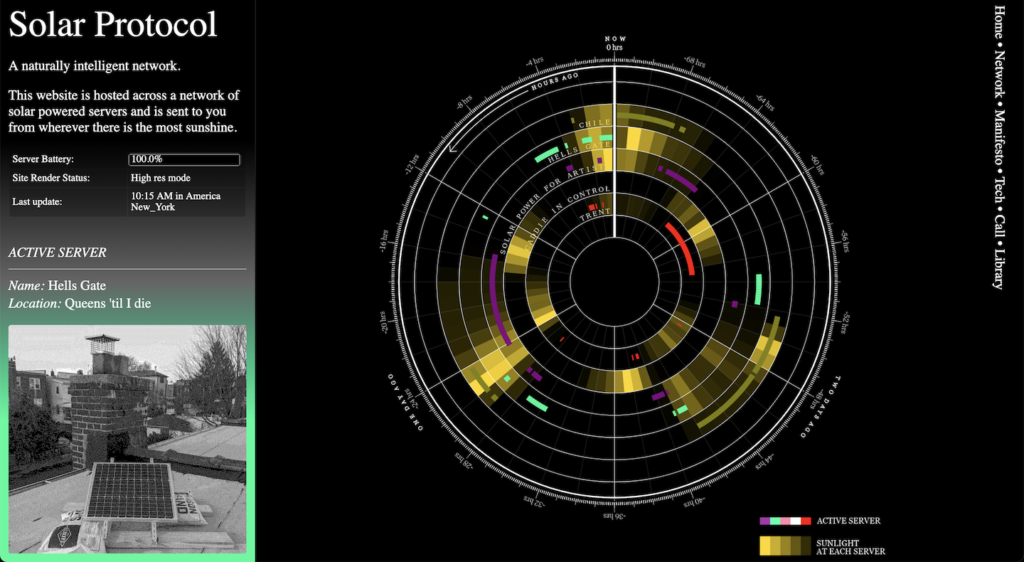
A solar panel recharges a battery that provides energy for a small computer set up at each project location around the world. As the sun rises and sets, each server becomes active or inactive as its solar panel goes into sunlight or darkness. Traffic is redirected between servers depending on where there is the most light.
Solar Protocol uses everyday internet technologies like the Domain Network Service (DNS) protocol, a decentralized system that associates a URL address to the IP address of a server. In short, DNS is the system that dictates the path between client and server. For large-scale, high volume web services that use multiple servers hosted in different locations, the DNS protocol typically directs network traffic to whichever server gives the quickest response time. For example, when making a Google search, your request would be sent to whichever Google server responds the quickest which is usually the server that is the closest geographically. This prioritizes speed over all other factors that determine how a network operates, a characteristic that is prevalent in much digital culture.

But it doesn’t have to work this way. Instead, the Solar Protocol network is built with a different logic based on the sun, automatically directing traffic to whichever server is generating the most solar energy at the time of the request. Decisions about where to move computational activity in the network are made according to where there is the most naturally available energy, rather than according to what would produce the quickest results for the user. In other words, in Solar Protocol, the distribution of sunshine (and therefore energy) across the planet determines the path from client to server.
Right now this website is being delivered to you from the Hells Gate server located in Queens ’til I die. This website may look different depending on which server is displaying this website. That’s because the people stewarding each server can choose to customize their local version of this website. These variations in design and content are visible when their server is the active server.
The appearance of this website is also energy responsive. Our software changes the styling and resolution of the media on this website according to how much energy is stored in the battery of the active server. This means it may look different at different times of the day or depending on the seasons of the year. If the battery level at the active server is low, this website is displayed in low resolution mode, without images. This reduces the size of the page and therefore the energy required to send it to people who are looking at it on the internet. If more stored energy is available, the site will appear at a higher resolution with heavier media such as images and graphics.
Occasionally the website may go down if there is insufficient energy stored at all of the servers. As our network grows and we set up more servers in more time zones and climates, this should happen less and less (and if you’re interested in setting one up, read more here). It’s always sunny somewhere!
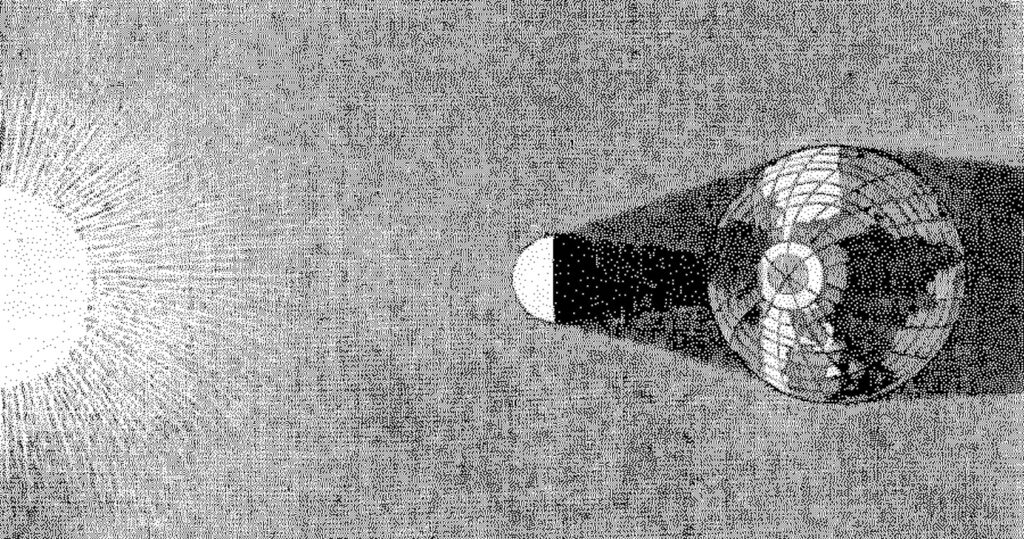
The Solar Protocol network reconfigures internet protocols using a kind of natural rather than artificial intelligence. The network routes internet traffic according to the logic of the sun, where page requests are sent to whichever server is enjoying the most sunlight at the time. We are working with people around the world who have built and installed servers that host this site alongside their own web content. When their server becomes the active node of the network, their online materials (if any) will soon become visible on this site.
If intelligence is the capacity to synthesize knowledge as logic and apply that logic to make decisions, then the Solar Protocol platform relies on an intelligence that emerges from earthly dynamics: specifically that of the sun’s interaction with the Earth. Our lives have always been directed by a range of natural logics that emerge from the intermittent dynamics of our shared environment. Weather, seasons, tides and atmospheric conditions all dictate our behavior, enabling and constraining our movements, food production and cultures. Solar Protocol uses these logics to automate decisions about how the network operates and what content is shown at different times of the day. How can we learn or relearn to design with natural intelligence?
The present day imagination for the internet has been enabled by an energy regime that relies on lethal fossil fuels. And the result? An online culture that valorizes speed, self expression through ever larger media and data-driven intelligence that is requiring more and more energy. Machine learning for example, requires enormous datasets typically collected through private efforts in online digital surveillance that collect every click, keypress, view and page scroll you might make. This data is then used to train models used to automate decisions about what content to show you. These energy hungry technologies are only made possible by extractive energy systems and labor practices.
In response and by working within natural limitations, we have deliberately chosen not to use large assets nor energy-intensive tracking technologies on this website.1 A solar-powered web could reduce the opportunity for these kinds of surveillance and data-driven practices and the business models that go with them, something that is likely to have desirable political effects. As Timothy Mitchel points out in Carbon Democracy, different energy regimes create different political possibilities.2
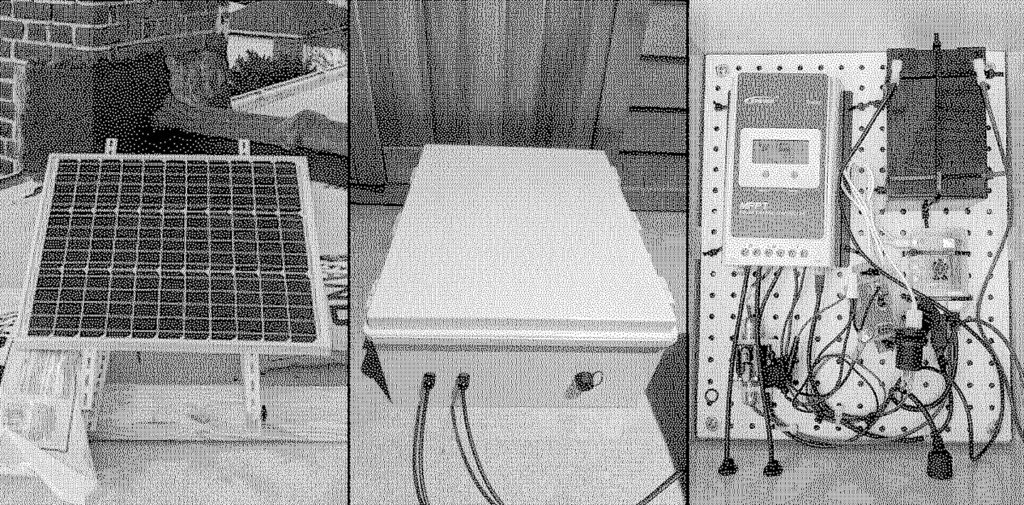
Solar-powered technologies catalyze a need for energy-centered design where the energetic dimension of cultural production is centered. On a solar-powered server, it is advantageous to minimize the amount of data being transmitted and it is therefore desirable to reduce the size of the media published. The intermittency of solar energy production also produces environmentally programmed downtime, where one’s server might sleep at night, or for the long evenings in the winter, demanding that you stop working and focus your attention elsewhere.
Energy-centered design is also about accountability. In building this website, we have attempted to do the computation work required to generate the visualizations on the server-side, rather than by using Javascript in the client’s browser. In other words, our servers do the heavy lifting as opposed to your computer. In this way, we are assured that these computational cycles are powered by solar rather than fossil fuels. This inverts a capitalist logic that incentivizes us to export costs to someone else somewhere else, a drive that has produced concurrent ecological crises.3 Instead, we call for new forms of cultural production that embody a politics of accountability.
1. This approach was used by the Solar Powered Website published by Low Tech Magazine (2019) and we have taken much inspiration from this groundbreaking project.
2. See Timothy Mitchell’s book, Carbon democracy: Political power in the age of oil (2011), that discusses the political consequences of different energy systems.
3. Joana Moll’s Hidden Life of an Amazon User demonstrates this through the case study of buying Jeff Bezos’ book from the Amazon website. In this project she audits the eyewatering amount of computational work and energy expenditure that is outsourced to a user’s computer by the Amazon website (presumably in order to track their behaviors and show them ‘relevant’ ads).
Solar Protocol is work in progress by Tega Brain, Alex Nathanson and Benedetta Piantella. The team thanks all of the server stewards and everyone who has supported our progress with advice and feedback including Anne Pasek, Caddie Brain, Brendan Phelan, Crystal Chen, Sam Lavigne, Dan Phiffer, Mitchell Whitelaw, Sharon De La Cruz and the staff and fellows at Eyebeam. This project is supported by the Eyebeam Rapid Response for a Better Digital Future program.